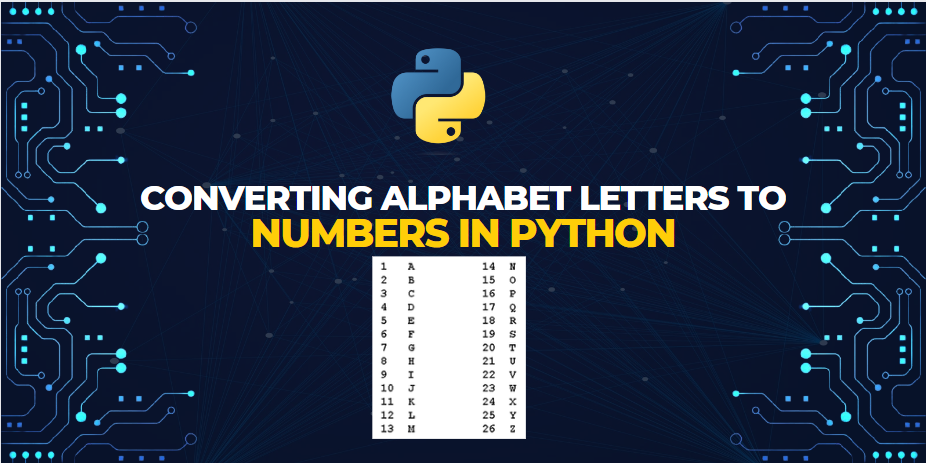In the vast world of the internet, unique strings of letters and numbers like lna2u9h2f1k7 often appear mysterious and meaningless. Yet, every code has a story. Whether it’s part of an encrypted sequence, a product ID, or a digital tracking signature, such identifiers play a crucial role in organizing the online ecosystem. This article unpacks the possible significance of lna2u9h2f1k7, explores how codes like it are used in the digital world, and why understanding them matters in an age driven by data and technology.
What Exactly Is lna2u9h2f1k7?
At first glance, lna2u9h2f1k7 seems like a random string of characters. However, such alphanumeric combinations are often designed intentionally. They can be used as system-generated identifiers in databases, URLs, tracking tags, or even digital encryption keys. For instance, when you create a new online account or make a purchase, systems assign you a unique ID to distinguish your data from millions of others. lna2u9h2f1k7 could represent one such identifier — unique, traceable, and essential for backend operations. These codes ensure privacy, prevent duplication, and allow seamless digital communication between servers and systems.
The Role of Unique Identifiers in the Digital World
Identifiers like lna2u9h2f1k7 form the backbone of modern digital infrastructure. Websites, apps, and e-commerce platforms rely on them to manage everything from user sessions to transaction records. In cybersecurity, such strings can serve as encrypted hashes — representations of sensitive information that cannot be easily reversed. In social media and online tracking, they are used to track engagement, authenticate actions, and manage data analytics. Even in artificial intelligence systems, identifiers help in labeling datasets and maintaining structural accuracy. Without them, digital operations would collapse into chaos, as systems would fail to recognize or separate unique data points.
Why Codes Like lna2u9h2f1k7 Are Important for Privacy
One of the key reasons for using coded identifiers such as lna2u9h2f1k7 is to protect privacy. Instead of using personal details like names or emails in URLs or records, systems generate random sequences. These ensure anonymity and reduce risks of data exposure. If a hacker intercepts a code like lna2u9h2f1k7, it reveals nothing about the user behind it. Moreover, such identifiers can be temporary, designed to expire after use, further enhancing security. In a world where digital safety is constantly under threat, this method of randomization becomes a silent but powerful defender of privacy.
Decoding the Structure of lna2u9h2f1k7
Though it appears arbitrary, lna2u9h2f1k7 follows a logical pattern. The mix of lowercase letters and numbers suggests a common algorithmic generation method. Many systems use similar formats to reduce predictability. The balance of alphabetic and numeric characters ensures a vast combination range, minimizing the chance of repetition. Some algorithms, such as UUIDs or Base62 encodings, create such structures for safe global uniqueness. Understanding this helps developers and users appreciate how minor details like code formatting contribute to large-scale digital stability.
Real-World Examples and Applications
From e-commerce order IDs to blockchain transaction hashes, identifiers like lna2u9h2f1k7 are everywhere. When you check your shipment, verify your email, or retrieve a password reset link, there’s always a coded token operating in the background. In blockchain systems, similar strings verify ownership and record transfers securely. In cloud computing, they organize files across millions of servers without conflict. Even everyday tools like Google Docs or YouTube rely on such IDs in their URLs to differentiate billions of documents and videos. This invisible network of identifiers allows users to interact seamlessly with complex systems without even noticing their existence.
The Future of Digital Identifiers
As technology advances, identifiers like lna2u9h2f1k7 will continue to evolve. With the rise of artificial intelligence, machine learning, and blockchain, systems will need more sophisticated forms of unique tagging to handle massive volumes of data. The next generation of identifiers may integrate quantum encryption or decentralized identity protocols, offering stronger protection and interoperability. Understanding today’s formats prepares us for these future innovations, making digital literacy more vital than ever.
Conclusion
The code lna2u9h2f1k7 is more than a random sequence; it’s a symbol of how modern systems ensure order, privacy, and trust in a digital world overflowing with information. Such identifiers operate silently behind every click, login, and transaction — shaping the invisible architecture of the internet. By recognizing their purpose, we gain a deeper appreciation for the technology that powers our daily lives and keeps our data secure.



